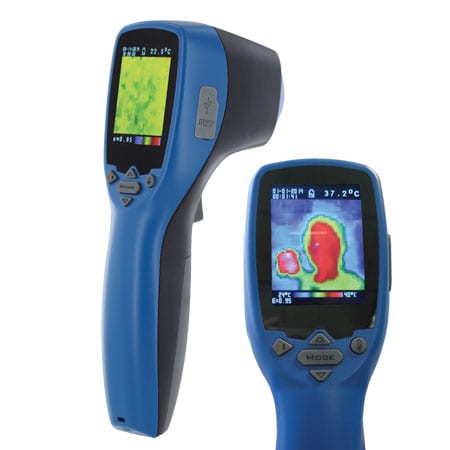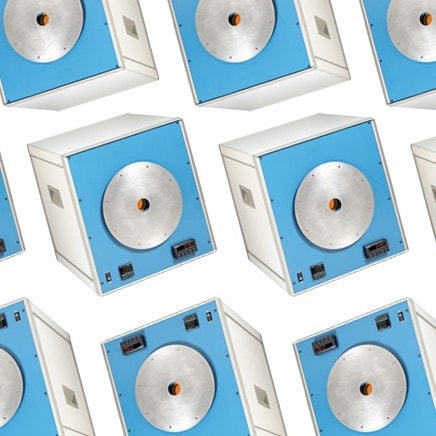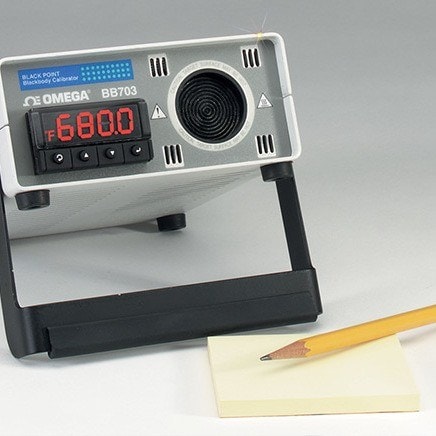As new recommendations are published from regulatory bodies like CDC (Center for Disease Control) and local government bodies, an increasing number of employers, business owners and service providers are considering daily temperature screening of their employees and customers to ensure that their environment remains safe for everyone.
However, implementing and conducting thermal screening also raises concerns about safety and employee privacy. So, how do you ensure the safe and effective testing of employees while adhering to privacy standards?
Here are some of the best practices you should consider when building a temperature screening protocol for your workplace.
-
Determine who will be performing the temperature screenings and who will be screened
A third-part contractor with a medical background is ideal. However, even an internal team member can carry out temperature measurements, provided they have been given proper training on how to use non-contact temperature thermometer or thermal imaging cameras. Training must also be given on how to maintain safety and to manage temperature data of employees.
- Provide personal protective equipment (PPE)
If temperature screening is conducted through non-contact thermometer, the team member who will be performing the tests must be provided with personal protective equipment (PPE) such as N95 masks, surgical gloves, and disposable coats. Ensure that alcohol-based hand sanitizers are available in the testing area.
- Select the location of conducting temperature measurements.
According to the CDC, screenings should be taken before entry to the location. A drive-thru screening process is possible in these cases. However, people may try to measure temperature through a car window, which will lead to false positives. Ideally, consider a secondary screening area where a person with an elevated body temperature can sit and wait for a few minutes to be re-tested. You must ensure that people waiting in the queue for the test maintain social distancing by remaining at least six feet apart from each other.
- Think through your response
If someone refuses the test, a procedure must be followed to deny his/her entry within the workplace as it may put the lives of others in danger. Communicate and design this process to all beforehand to minimize the likelihood of having to deal with this situation.
- Prepare a screening questionnaire
The tester must also ask employees if they are experiencing symptoms like fever, cough, or shortness of breath. Besides, the tester should ask if they were recently in contact with someone diagnosed with COVID-19 or have shows symptoms of this disease. Consider asking these questions to employees in a private testing area that is at a distance from other colleagues and visitors to ensure privacy. Alternatively, have a provision for moving employees that are not willing to get tested to a private area for further discussion.
- Keep preventive measures in place
Advise all the employees with elevated temperatures (temperature above 38˚C or 100.4˚F) to stay at home. Employees who answer ‘yes’ to the screening questions must also return to their homes. They must self-isolate and call local public health authority to find out further steps to identify the cause of symptoms and further steps to get proper medical attention.
- Trace contact for positive cases keeping privacy in mind
It is also crucial to follow-up with the employees sent home to see if any of them tested positive for COVID-19. If that is the case, you must notify only the individuals with whom the employee had contact and not other employees to maintain privacy. Also it is extremely important to coordinate this response with a local health authority.
- Prepare training and protocols for workers sent home
Prepare a protocol for returning employees who were sent home due to fever or other known symptoms. Ideally, the employee must certify in writing that he/she is not having any symptoms since last three days and must also produce necessary documentation from a medical professional confirming that the employee tested negative for COVID-19 and can return to work.
Can You Take Body Temperature with Infrared Thermometers?
Yes. Infrared thermometers are capable of detecting the temperature of the human body. However, the device measures the surface temperature of the body. For clinical temperature measurement, you should use contact thermometers. Also, infrared thermometers are useful for screening purposes, many customers find this solution to be faster with less manual setup. If the device detects elevated temperature in an individual, further clinical diagnosis is necessary to confirm the temperature spike and its possible cause.
Can Infrared Thermometers Detect COVID-19?
No, a thermal imaging camera cannot be used to detect COVID-19. Although, a thermal imaging camera used today in public spaces, or by essential services such as manufacturing and shipping as an effective tool for measuring skin surface temperature. When using a device, you will be able to identify a person with elevated skin temperature. Then, that person should be better screened by medical professionals.
What Technologies Are Available for Non-Contact Body Temperature Readings?
Non-contact temperature measurements are possible through infrared (IR) thermometers and thermal imaging cameras. While both devices use the same principle of detecting infrared radiations emitting from the body or object with mass, thermal imaging cameras are more sophisticated and include companion software that uses AI for ambient temperature calibration and face detection to only detect facial temperatures and prevent false alarms. These cameras are also capable of screening groups of people at a time with better accuracy even from a greater distance.
Can You Use an Infrared Thermometer on Humans?
Yes. You can use infrared thermometers on humans. These devices are completely safe for adults as well as kids as they simply measure the infrared light emitting from the body. The only protective measure you should be taking while taking temperature measurements is to disinfect the thermometer regularly to keep it clean and protected from germs that may spread infection.
How Does Thermal Imaging Technology Work?
Infrared energy has a wavelength starting at approximately 700 nanometers and extends to approximately 1mm. Wavelengths shorter than this begin to be visible by the naked eye. Thermal imaging cameras use this infrared energy to create thermal images. The lens of the camera focuses the infrared energy onto a set of detectors that then create a detailed pattern called thermogram. The thermogram is then converted to electrical signals to create a thermal image that we can see and interpret.
Are Forehead or Temporal Thermometers Accurate?
Temporal artery thermometers, often known as forehead thermometers are the most accurate alternative to rectal and ear thermometers with accuracy levels usually in the range of ±0.4°C (± 0.7°F), or ± 0.3°C (0.5°F). However, the accuracy of these devices depends on several factors, such as the distance between the device and the body surface, the environment where measurements take place, adherence to measurement procedures, and the device's quality.
What is Normal Forehead Temperature?
Several medical studies show that the surface temperature of the human body in the range of 87.8°F (31°C) to 96.08°F (35.6°C) is considered normal. Temperatures higher than 99°F (37°C) is suggestive of fever. For more information on human temperature visit 'Body Temperature: What Is (and Isn’t) Normal?'
How Close do You Need to be to an Individual to Measure Body Temperature with IR Thermometers?
For accurate temperature measurements, infrared thermometers require to in plain viewing of the individual without any obstruction between the body and thermometer. Obstructions will lead to inaccurate results. The optimal measurement distance for non-contact IR thermometers usually ranges between 5 cm to 15 cm.


